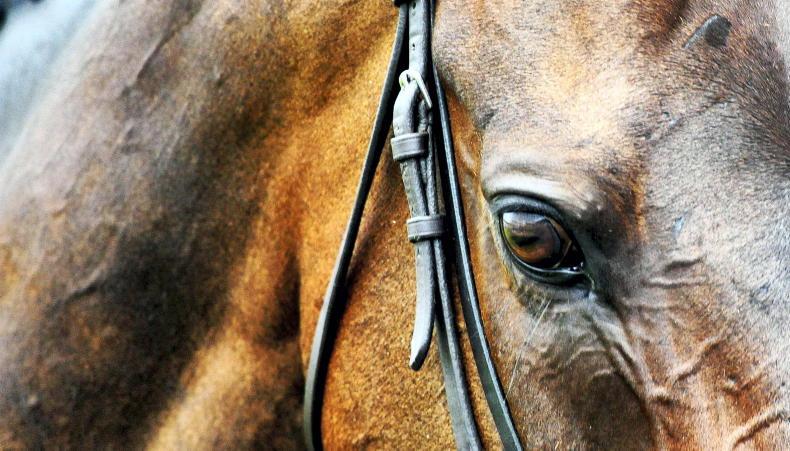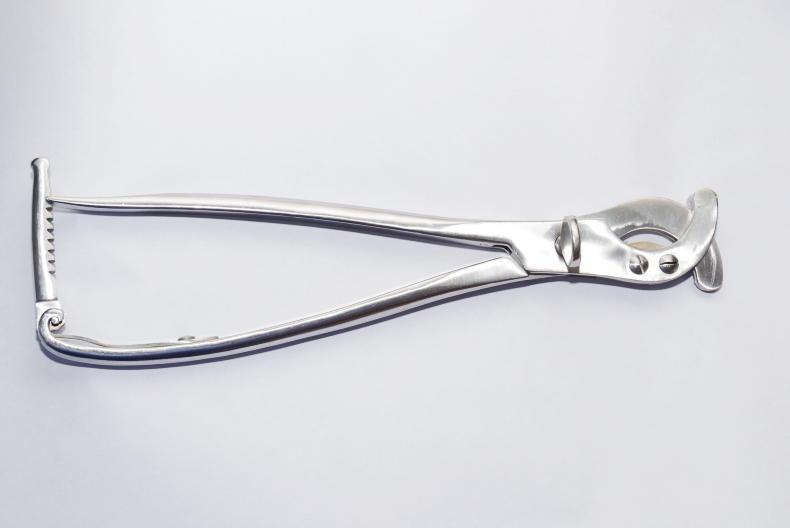CASTRATION (‘gelding’ or ‘cutting) is the most commonly performed surgical procedure in horses. The majority of male horses that are not intended for breeding are gelded at one to two years of age. Removing the source of most of the male sex hormones before the horse has become accustomed to routinely exhibiting stallion-like behaviour renders them more docile, and easy to manage.
Male horses can, however, be safely castrated at any age, and for a wide variety of reasons. Potential stallions are typically left intact until their level of athletic ability has been established. The majority of those horses that don’t end up going to stud are typically gelded to make them easier to retrain and re-purpose. Castration may be indicated in cases of trauma or disease, such as tumours of the reproductive organs, or to help address some behavioural issues. Infertile stallions may be salvaged for other uses by being gelded.
Wound infection
Like any surgical procedure, castration carries a risk of complications. Most of these are mild, such as some post-operative swelling, but wound infection, severe bleeding and prolapse of the intestines from the wound (‘eventration’) are possible, and could potentially be fatal. There are several factors that need to be considered when deciding when and how to geld a horse: these include, but are not limited to, his age, size and temperament. Castration is usually performed either on a standing, sedated horse with the use of local anaesthetic, or under a full general anaesthetic with the horse lying on its side or back. The standing approach is typically faster and cheaper. In addition, it avoids the risks associated with a full general anaesthetic. However, it’s only suitable for relatively large, placid and well-handled colts with a pair of fully descended testicles.
Blood vessels
Each case should be examined on an individual basis to establish which approach could be the most suitable. For example, if the horse is likely to be difficult to handle, has a history of a hernia (where a loop of intestine starts to make its way out of the abdomen and down towards the testicle), or where the surgeon wishes to place a suture around the blood vessels (to reduce the risk of post-operative bleeding) then a general anaesthetic is typically recommended. The procedure may be carried out at the yard, or in an equine clinic or hospital, depending on the level of assistance and facilities required.
Castration is not an emergency procedure, so the patient should be fully vaccinated against tetanus beforehand. Colts and stallions that are used to being handled will be easier to manage, especially if the surgeon recommends cold hosing and/or some hand walking to help manage any post-operative swelling that occurs. Pain relief is administered at the time of surgery and anti-inflammatories are typically prescribed for several days to reduce pain and discomfort. The horse should be kept in and monitored for bleeding or other issues for 12-24 hours. Controlled exercise or turnout is then indicated to help manage any swelling, with most horses able to return to work within one to two weeks.
It usually takes about six weeks for the levels of testosterone and other male hormones to decline to those of a gelding, with an associated gradual reduction in stallion-like behaviour. If the horse has been used to cover mares in the past, he may continue to exhibit an interest in them, as breeding behaviour is also learnt and conditioned by experience. Retraining by a patient and experienced handler may be needed to help the horse to adjust to his new role initially, but horses are remarkably adaptable creatures and many animals castrated later in life can go on to thrive as geldings.




 This is a subscriber-only article
This is a subscriber-only article
 It looks like you're browsing in private mode
It looks like you're browsing in private mode






SHARING OPTIONS: